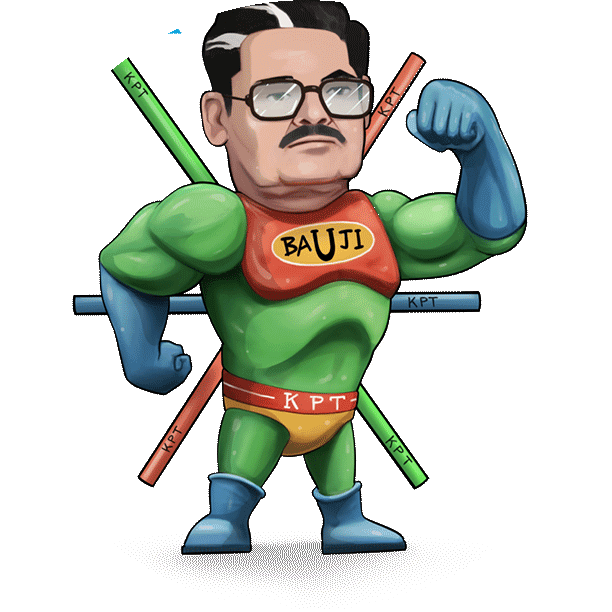
17 Feb The Impact of PPR-FR Pipes on the Environment and Sustainability
PPR-FR pipes stand for Polypropylene Random Copolymer Fire Retardant pipes which is a type of plastic pipe used in the construction industry. It is a specialized type of pipe that has high fire resistance ability. These plastic pipes are high temperature resistant and this specialization makes them preferable to use by consumers. These pipes are used by many architects to give their building protection from fire. PPR-FR pipes have high efficiency and durability. They are also known for their water efficiency. They have a lifespan of up to 50 years. The best part of this PPR-FR is that it can be recycled and considered good for the environment. However, like any other building material, PPR Pipes have an impact on the environment and sustainability. In this blog, we will discuss the impact of PPR-FR pipes on the environment and sustainability.
Several points promote the positive impacts of PPR-FR pipes concerning the environment and sustainability.
- PPR-FR pipes are fire-resistant pipes that’s why it is highly preferable in the construction of buildings, especially where there is a risk of fire. It is considered a safer option as it does not melt at high temperatures and does not catch fire easily. That helps prevent fire outbreaks in buildings, helps in saving people’s lives, and the environment from pollution.
- One of the best advantages of these pipes is that their durability efficiency is better than other local pipes. They are long-lasting and more efficient in use. They have a lifespan of over 50 years. That means they are not damaged and replaced as frequently as other ones. They do not need frequent repairs. They do not generate waste as much as other pipes do which help the environment to keep clean and good.
- After the end of their lifespan, they can be recycled into other things to reuse the plastics. This recycling helps to prevent the excess generation of the wastes produced by plastics which are harmful to our environment. This will greatly decrease the overall waste produced by plastic and dumped in large landfills.
- These PPR-FR pipes have a low thermal conductivity which makes them energy efficient. They are maintaining their temperature as per their ability. Hence, The building where these pipes are fitted spends less capital and energy on maintaining a comfortable temperature in buildings, which is profitable and sustainable for the building owners, and the environment also.
- Sustainability is the main hype of the PPR-FR pipes. It has a low carbon footprint which makes it unique from others. It is made up of polypropylene, a type of plastic derived from natural gas that consumes less energy as compared to other plastic construction use pipes. Hence, PPR-FR has a low carbon footprint.
Now, there are some negative impacts that PPR-FR has on the environment and sustainability.
- One of the major drawbacks of these specialized pipes is the release of microplastics. This concern should be addressed to prevent nature from microplastics. Microplastics are very-very small plastic pieces that break down from large plastics and toxicate the lands and the water bodies. If These pipes are not properly recycled, their microplastic may harm the environment as well as the organisms. If microplastic goes into any living organism it may serve them to death.
- Another drawback of these specialized pipes is that it is made up of polypropylene plastic, a chemical that is harmful if it comes in contact. they may release chemicals into the water supply over time. To address this concern, it is important to ensure that PPR-FR pipes are properly installed and maintained to prevent leaks or other issues that could lead to chemical exposure.
In conclusion, PPR-FR pipes have numerous benefits when it comes to the environment and sustainability. These pipes are durable, recyclable, energy-efficient, and water-efficient. However, some concerns need to be addressed, such as the potential release of microplastics and chemicals into the environment. By ensuring that PPR-FR pipes are recycled properly and properly installed and maintained, we can mitigate these concerns and continue to enjoy the benefits of this innovative building material.


